
“Cuenca doesn’t look like a sixteenth-century city that has been preserved; it looks like a city that has been in use since the sixteenth century” Calvin Trillin
There are so many things I love about Cuenca, but my absolute favorite thing is the architecture. On December 1, 1999 the Historic Center of Cuenca was designated a World Heritage Site by UNESCO in recognition of the historical, cultural and architectural merits of the city.
Cuenca’s architecture is a combination of pre-Colombian, Cañari, and Incan archeological sites; as well as buildings from the Spanish Colonial and Republican eras. It is ancient and historic, indigenous, Spanish, French, European, earthen, adobe, pastoral, authentic, artistic, spirit-filled, elegant, and also humble.
The photos are all mine, unless otherwise noted. The old historical photos come from various sources. The historical facts are coming from the City of Cuenca, so I am assuming the history is correct. I am doing this only for the fun and love of it. I believe when you love something you want to learn as much as you can about it.
I hope some of you will enjoy following along on this tour of Cuenca architecture.
Jane Hiltbrand
August 5, 2019
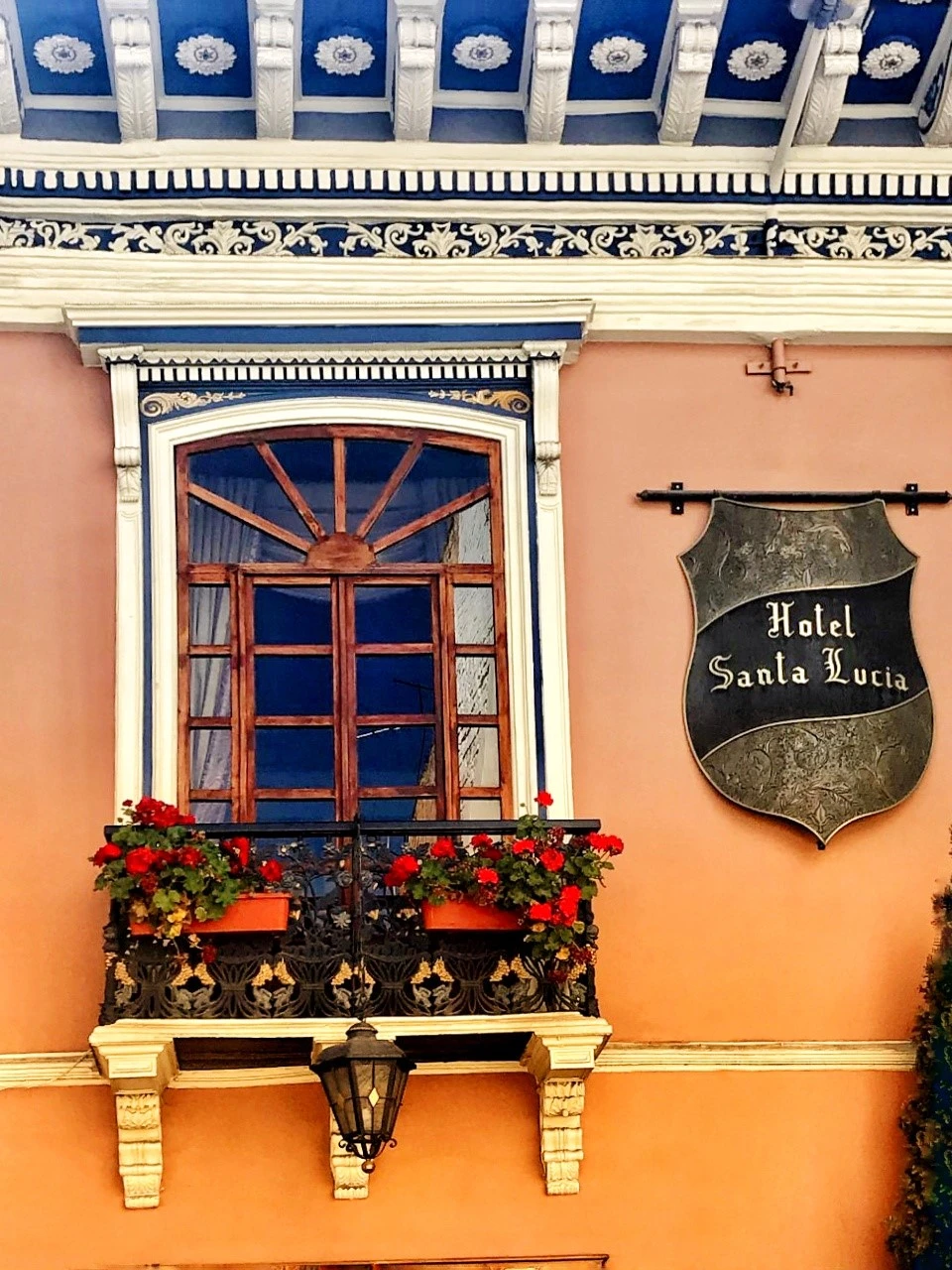
Hotel Santa Lucia
Calle Antonio Borrero 8-44 y Simon Bolivar. Antigua Casa Del Doctor Manuel Vega Davila. Built in 1859 This lovely republican house was built in 1859. It was owned by the Vega family for over a century and its walls have witnessed major events in the political history of the region. In 1999 restoration and alteration…
Keep reading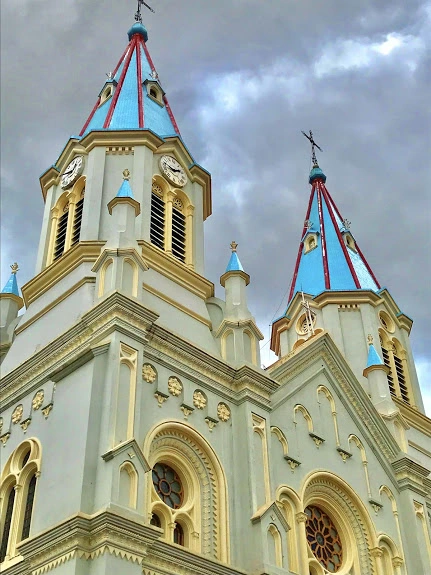
Iglesia de San Alfonso
Corner of Simon Bolivar and Antonio Borrero. The first stone was laid in 1874, constructed by Juan Bautista Stiehle, a German monk, under the superiorship of Father Pedro Didler. The Redemptorists built the church in a relatively short space of time, just fourteen years. In 1888 Bishop Miguel Leon consecrated the church, dedicating it to…
Keep reading
Casa de la familia Jerves Calero
8-44 Simon Bolivar This house belonged to Sr. Jose Calero and was built in 1917. This is one of the most valuable testimonies of a time of great economic wealth in Cuenca, during the exports peak of husk and straw hats in the early 18th century, when there was much of a French influence on…
Keep reading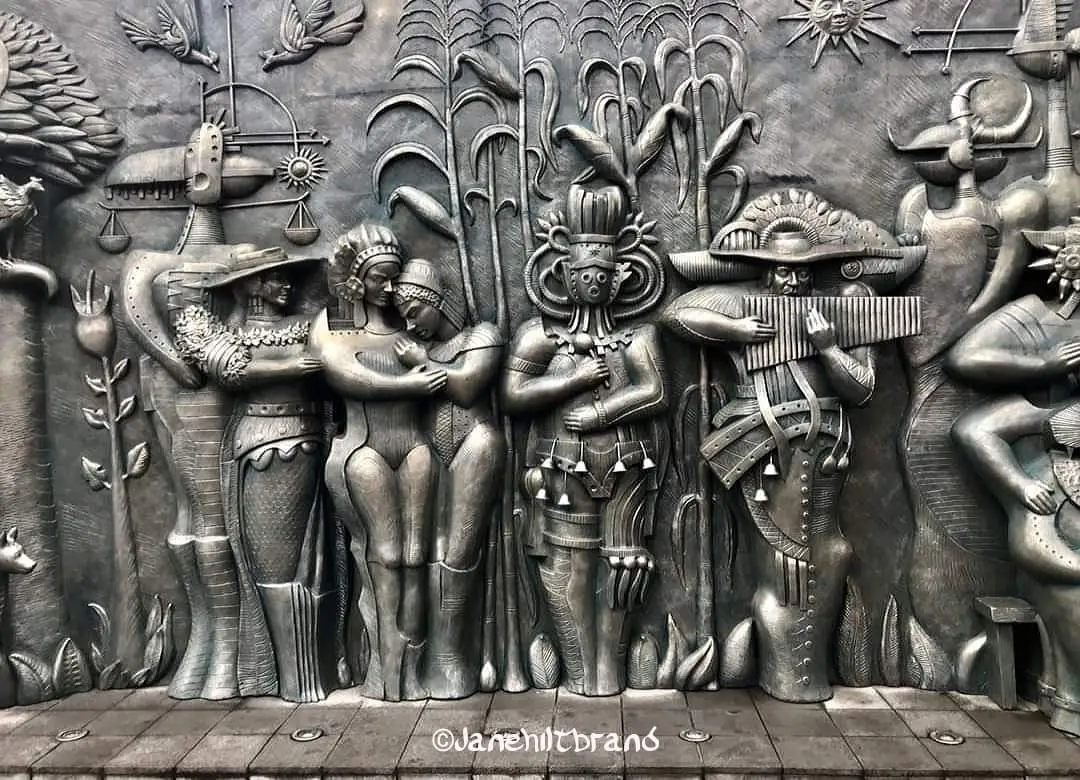
Casa de Provincia
#3 CAPILLA DEL CORAZON DE MARIA Y CONVENTO DEL BUEN PASTOR. Calles Mariano Cueva y Simon Bolivar. Built in 1892 The Good Shepherd Order of Nuns arrived in Cuenca in 1892. Although initially put in charge of the girls school in the St Blas district, the ultimate aim for the order was to run…
Keep reading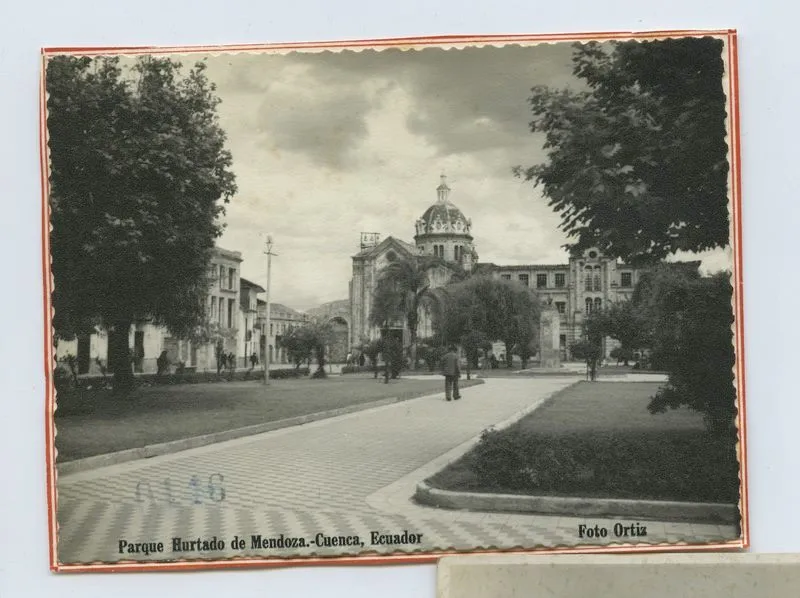
Plazoleta de San Blas o Parque Hurtado de Mendoza
PLAZOLETA DE SAN BLAS O PARQUE HURTADO DE MENDOZA. Calles Simon Bolivar y Manuel Vega. This public space, which has existed since the foundation of the city, occupies half a block, across from Iglesia San Blas. During the colonial period (16th-19th centuries) the indigenous peoples lived on the outskirts of the city, in the present…
Keep reading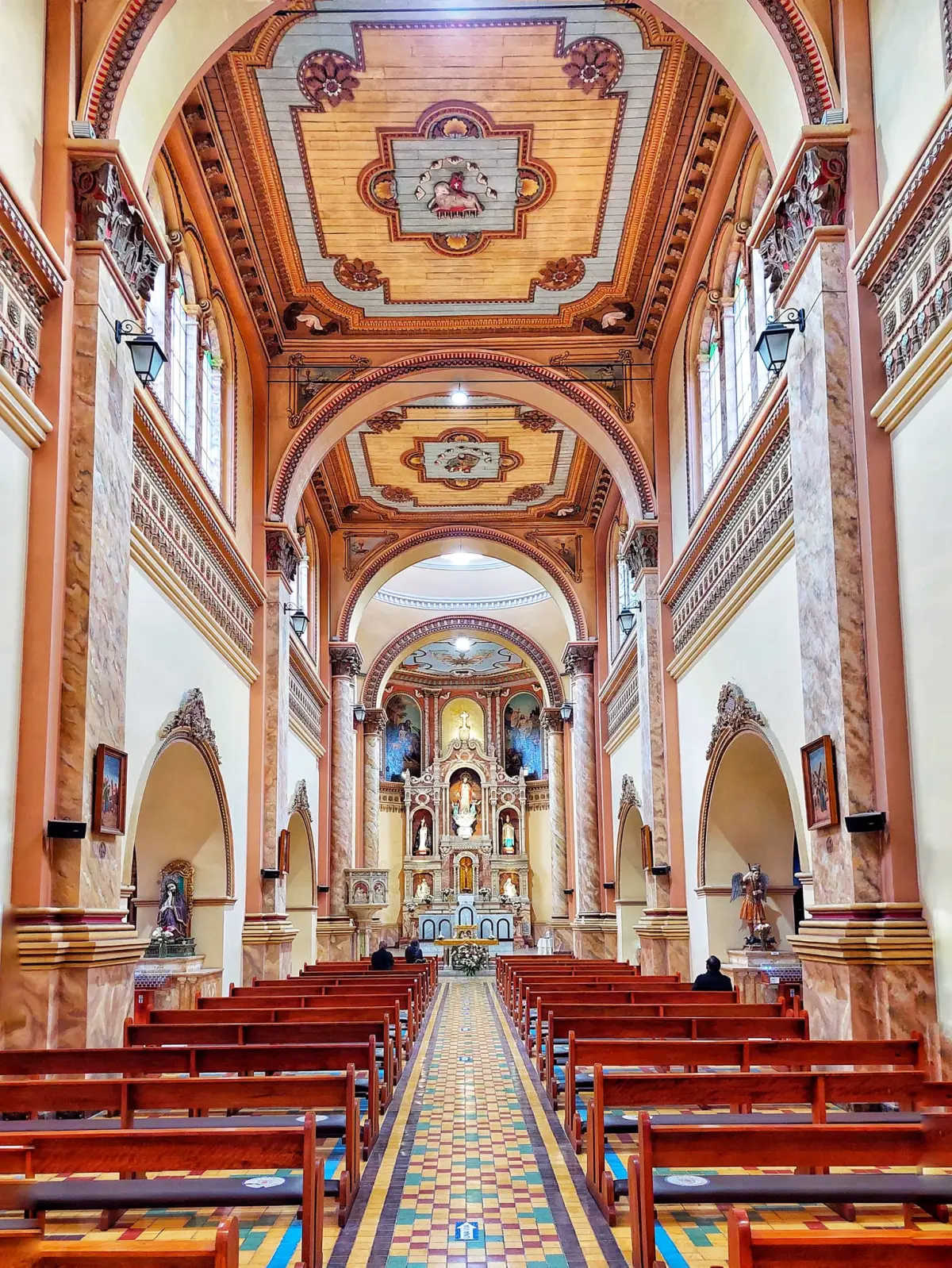
Iglesia San Blas
IGLESIA SAN BLAS. Located on the corner of Calles Manuel Vega y Simon Bolivar. The early church was erected on May 3, 1557, as indicated by a stone uncovered while digging the new foundations. Stones from the Pumapungo Inca and Canari ruins area had been used in the early construction. During the Colonial Period (16th-19th…
Keep reading
Heritage Complex of Iglesia Todos Santos
Calle Larga y Martiano Cueva The Oblatas Nuns of Iglesia Todos Santos have opened a Heritage Complex as an addition to the Church. The nuns started by opening the church tower, then opened their museum and have now added gastronomy with a fine dining restaurant, CURU. And the well known Todos Santos wood burning oven…
Keep reading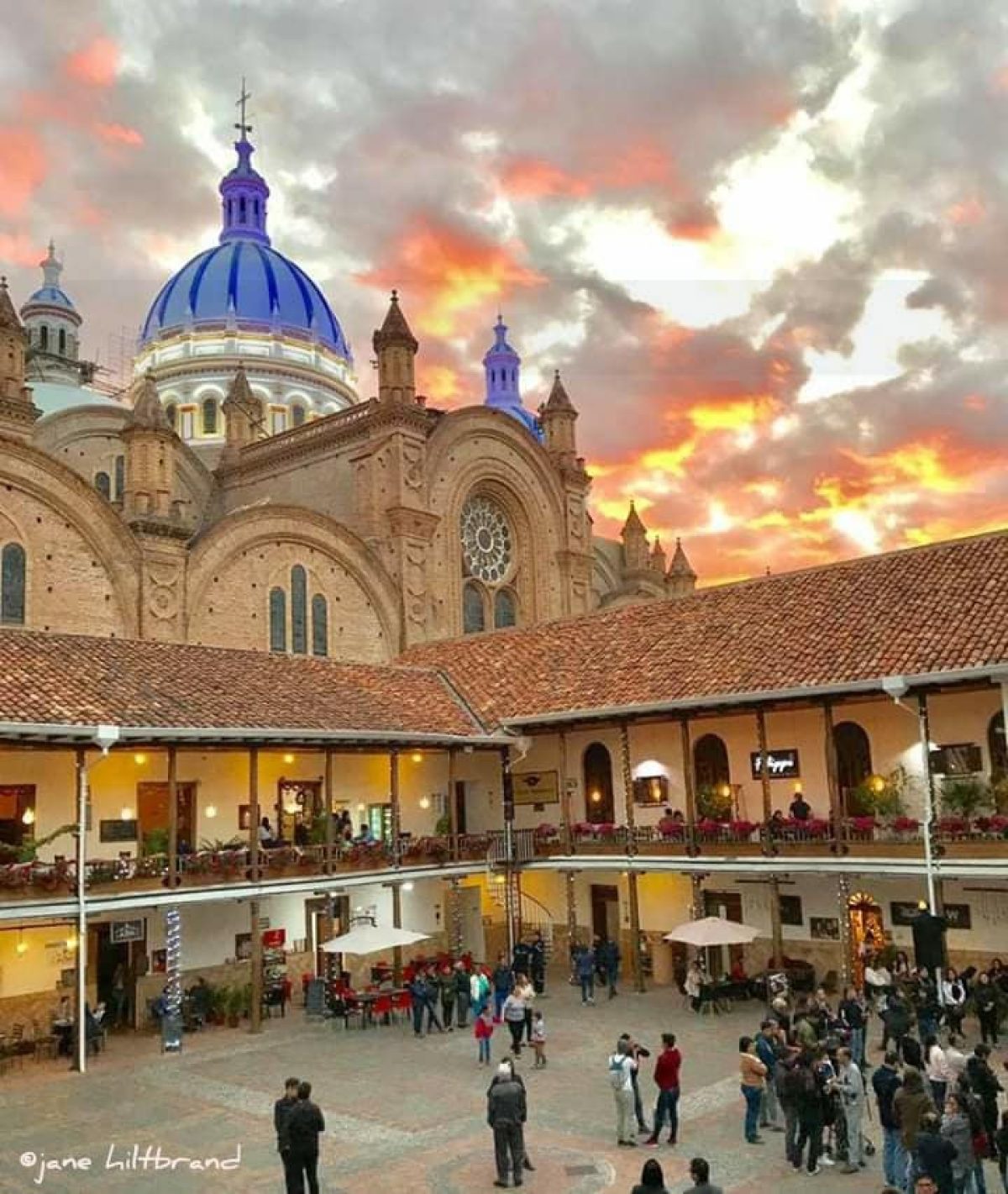
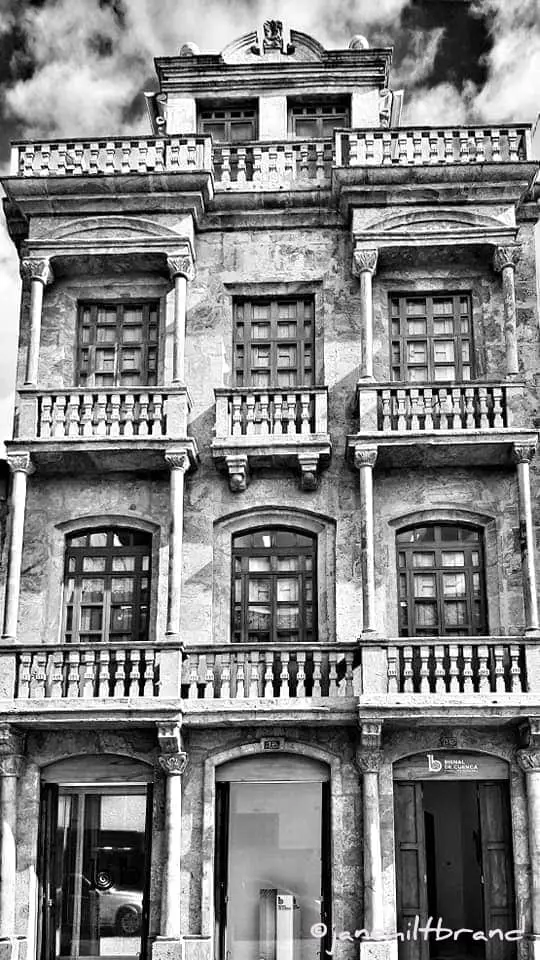
Casa de la Bienal
+Simon Bolivar 13-81 This is probably one of the best examples of the French influence of architecture and decoration of the beginning of the XX century in Cuenca. Currently this is the administrative office of the “Bienal de Cuenca” Municipal Fundation, an institution created in 1987 to organize one of the most important and prestigious…
Keep reading
Santuario Mariano del Carmen de la Asuncion Iglesia
Mariscal Sucre and Padre Aguirre streets The convent was founded in 1682 for the Order of the Barefoot Carmelites of Our Lady of the Assumption. The church was built around 1730. The church is accessed from the cloister and the Flower Market. The walls are made of adobe. The main portal is stone carved…
Keep reading
Sojos Building
Simon Bolivar 9-24. Built 1907 At the beginning of the 20th century, Dr. Benjamin Sojos purchased this building, and decided to give it a new facade. He commissioned new building materials from France, one of which was cement, which was use for the first time in Cuenca. Exposed brick is another element of the construction.…
Keep reading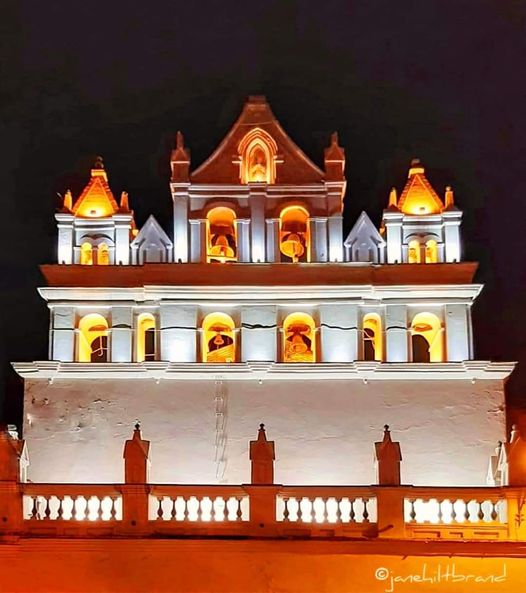
Museo Monasterio de las Conceptas
Hermano Miguel 6-33 This group of adobe walls and large tiled roofs encompasses an entire city block in the historic center composed of Borrero, Presidente Cordova, Juan Jaramillo and Hermano Miguel streets. It was the first nuns’ convent in the city founded in 1599. It includes the convent, a church, and the Museum. During the…
Keep reading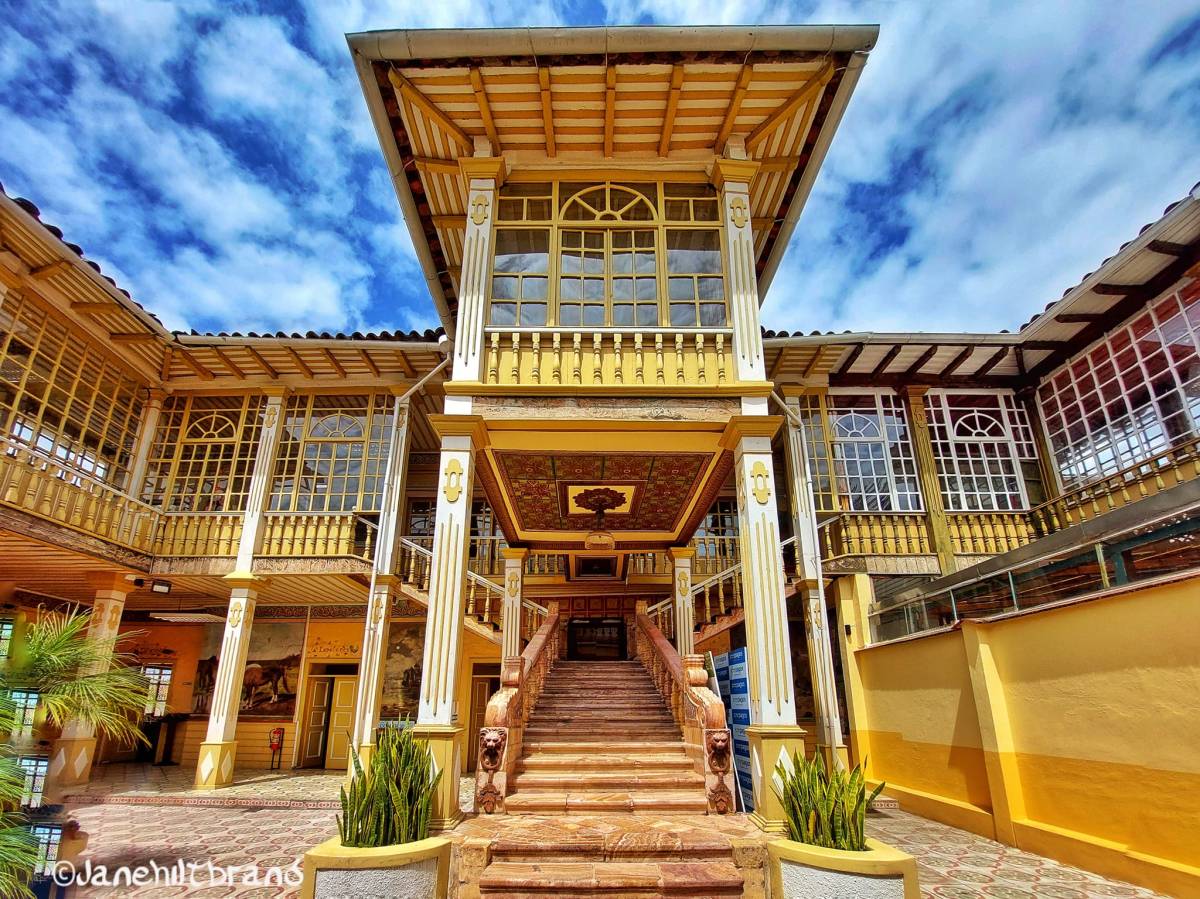
Quinta Guadalupe
Avenida Loja y Calle Alfonso Borrero This french style building was designed as a holiday home for Juan Manuel Vintimilla. It was built in the early 20th century, around 1920. The estate was much larger, had crops, and was not considered to be in the city – it was a country home. Beautiful wrought-iron railings…
Keep reading
Los Molinos del Batan (Le Moulin Restaurante)
Los Molinos del Batan was originally a flour mill operated using the waters of the Tomebamba river to turn the grinding wheels for making wheat and rye into flour. Now operating as Le Moulin Restaurant, the restaurant contains two original flour mills. Beneath the restaurant and connected to the hoppers above in the main dining…
Keep reading
Best Local Cuenca Blog 2022
VERY HONORED TO RECEIVE THIS FOR A GUIDE TO CUENCA ARCHITECTURE BLOG
Keep reading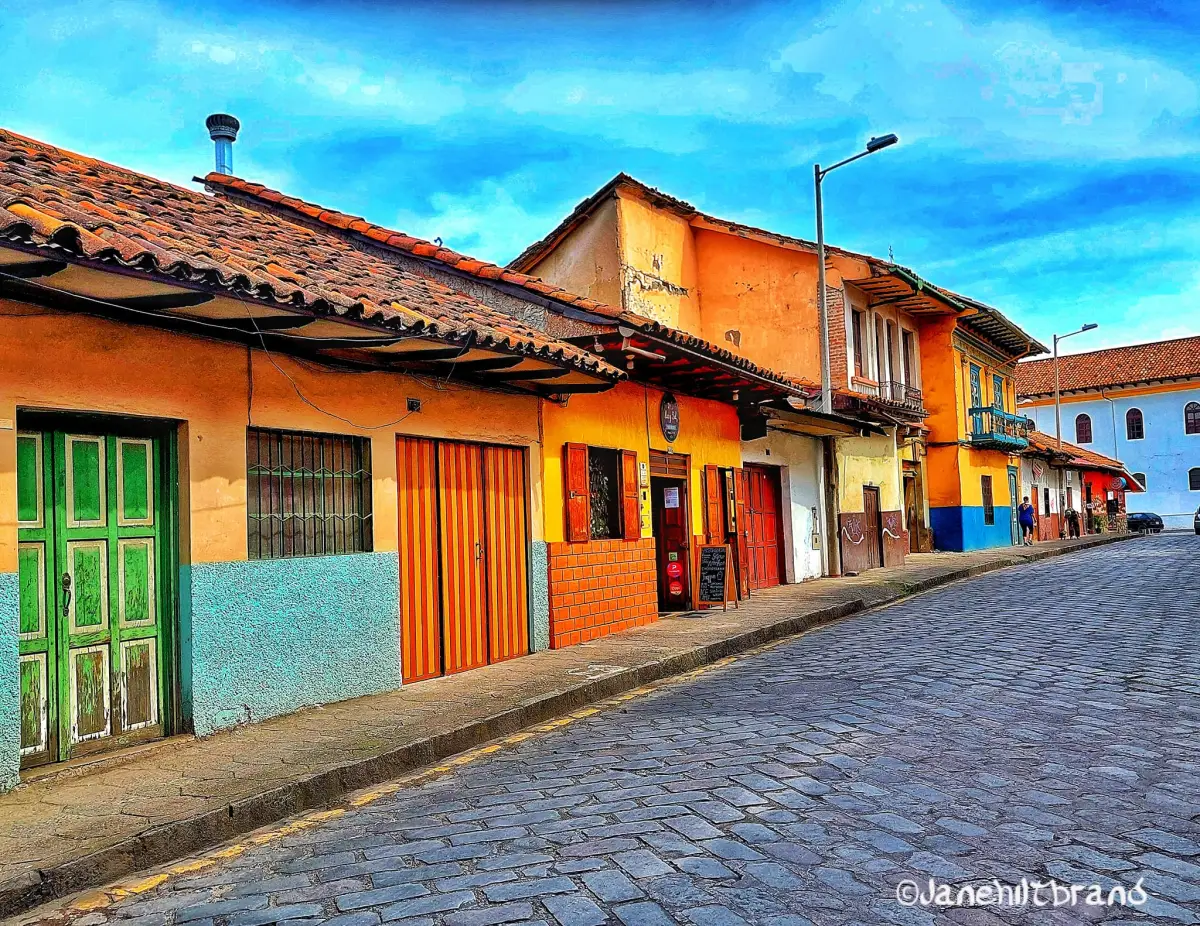
Calle Mariano Cueva
This colorful Cuenca street runs from the north on Ave de las Americas, south to Calle Larga. It was named after a Vice President of Ecuador, Mariano Cueva Vallejo. This mural was painted by the very talented Felipe Urgiles.You can see the tower of Todos Santos Church on Calle Larga to the right in this…
Keep reading
Mauricio’s Bookstore
I had walked by this building many times but never ventured in. Looking up from the street, the top floor almost looked abandoned to me, but I should have known better. Sr. Mauricio will greet you at the top of the aged staircase, and he will be delighted to help you find any book you…
Keep reading
Seven Churches on Outskirts of Cuenca
It is a tradition in Cuenca to visit seven churches on Good Friday. I have already posted on this blog about many of the better known churches. (Please see the new Table of Contents) We decided to visit seven churches on the outskirts of Cuenca for this Viernes Santo. Nuestra Señora de Guadalupe de Baños.…
Keep reading
Casa de Laura
On a hillside outside of Nabon, overlooking the León Valley, is an enchanting place that is beyond fairy tale dreams come true! It is the magical home of Maria Graciela Vintimilla called “China” by her friends. The house is named after her mother Laura. It is about a 90 minute drive from Cuenca. China is…
Keep reading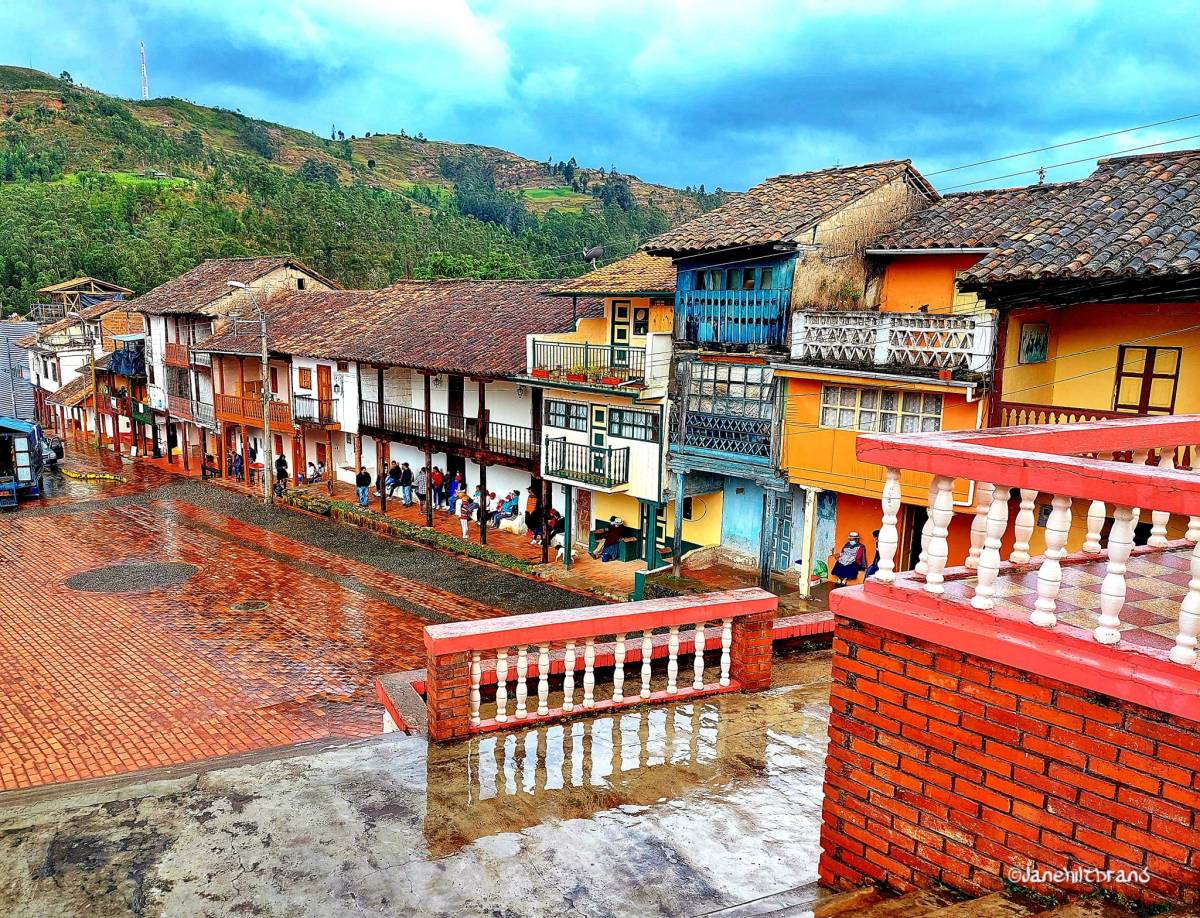
Quingeo
The small village of Quingeo is about a 50 minute drive southeast of Cuenca, and is full of colorful adobe homes. I am from Santa Fe, New Mexico so when I see old adobe homes like this it makes my heart very happy! Sra. Maria, la esposa de don Guanoquiza Here you can see the…
Keep reading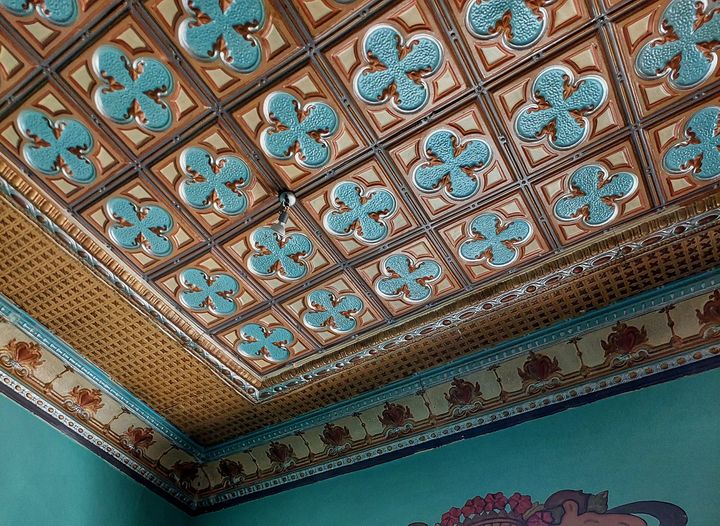
CASA SAN JOSÉ (a restoration in progress)
I was so honored to be invited by the Teodoro Montero family to view their family home which is currently in the process of being renovated; and to attend a lovely event in the home, featuring Teodoro’s book, an autobiography of his life. The home is being renovated by Felipe Urgiles, who is the same…
Keep readingLoading…
Something went wrong. Please refresh the page and/or try again.